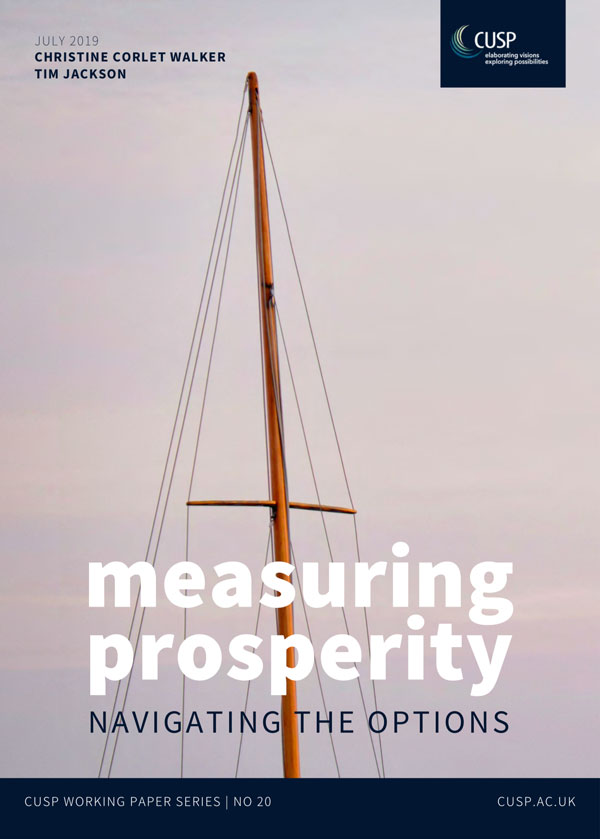Since its development in the 1930s, GDP has been the most widely used measure of the health and progress of an economy, being adopted as the principal policy objective of countless national and international bodies across the world. Its many shortcomings as a measure of progress are well documented, and the alternative indicators of progress developed in response to these shortcomings have been diverse and numerous. This paper synthesises the literature, discusses the benefits and disadvantages of the different types of indicator, and elaborates on five prominent case studies in detail. It further considers two of the key debates in the literature—the challenge of aggregation and the question of monetisation—through a lens of policy and practice. In this way, we lay a roadmap for interested parties to navigate the many alternative indicators of progress. This work highlights the importance of context and purpose in determining what makes a ‘good’ indicator. We, therefore, propose a key distinction between two common indicator types: 1) indicators which primarily act as narrative or ‘story-telling’ devices, and 2) indicators which primarily act as decision aids for policy. We reflect in detail on what makes a successful and influential indicator in each of these contexts.
Download
You can read the paper online on the CUSP website or ![]() download in pdf (1.1MB) | Corlet Walker, C and T Jackson 2019: Measuring Prosperity—Navigating the Options. CUSP Working Paper No 20. Guildford: University of Surrey.
download in pdf (1.1MB) | Corlet Walker, C and T Jackson 2019: Measuring Prosperity—Navigating the Options. CUSP Working Paper No 20. Guildford: University of Surrey.







